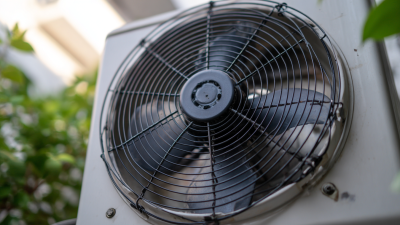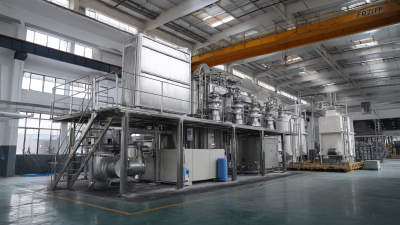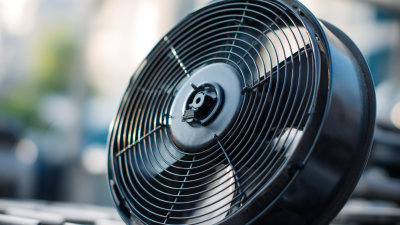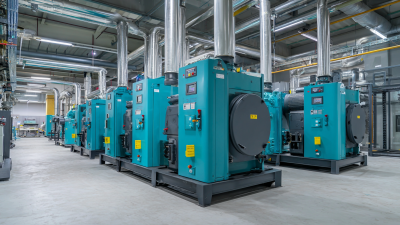




When it comes to maintaining a comfortable indoor environment, the air conditioner fan motor plays a crucial role in ensuring efficient airflow and optimal cooling performance. Choosing the right air conditioner fan motor can seem overwhelming, especially with the myriad of options available in today's market. Whether you are replacing a broken unit or upgrading to enhance your system's efficiency, understanding the key factors that influence your decision is vital.
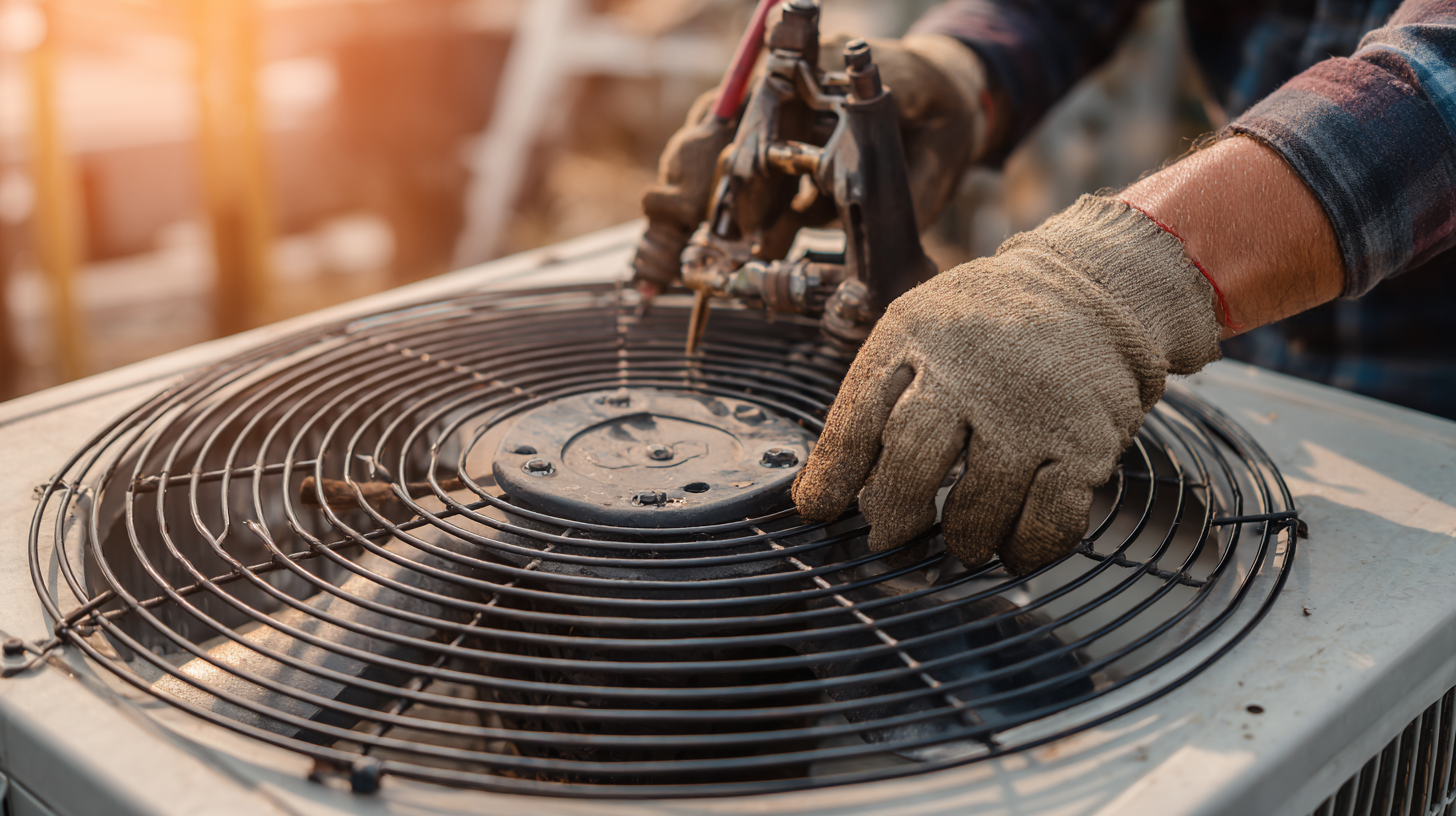
In this blog, we will provide you with seven essential tips to guide you through the selection process, helping you to identify the perfect air conditioner fan motor that meets your needs and maximizes your system's effectiveness. From understanding motor specifications to considering energy efficiency and compatibility, these insights will empower you to make an informed choice that will keep your home cool and your energy bills in check.
When selecting the right air conditioner fan motor, understanding the various options available is crucial. The market offers a range of energy-efficient motors categorized by efficiency levels like IE1 to IE5. These classifications not only reflect their energy consumption but also impact overall operational costs. Motors within the IE3 to IE5 range are typically ideal for residential and commercial applications, providing significant energy savings and reducing long-term expenses. It’s essential to consider the power output rating, which can include lower than 1 kW or ratings up to 2.2 kW, depending on the specific needs of your air conditioning system.
Additionally, there are two primary types of motors to choose from: AC (Alternating Current) and DC (Direct Current). AC motors are commonly used in household air conditioners due to their durability and cost-effectiveness. However, DC motors are gaining traction because they are quieter and more energy-efficient, making them an excellent choice for modern systems where power consumption is a priority. By understanding these options, you can make an informed decision that not only meets your cooling needs but also contributes to a more sustainable environment. Be sure to weigh the different types and efficiency levels available to find the best fit for your home or business.
When selecting the right air conditioner fan motor, understanding
energy efficiency ratings is crucial for achieving optimal performance
and savings. According to the U.S. Department of Energy,
energy-efficient motors can reduce energy consumption by up to 40%, significantly impacting both
operational costs and environmental sustainability. The efficiency of air conditioning units is often quantified
through the Seasonal Energy Efficiency Ratio (SEER), which measures the
cooling output during a typical cooling season divided by the energy consumed. A higher SEER rating
indicates a more efficient unit, with modern models achieving ratings of 20 or above,
compared to older systems which might fall below 10.
In addition to SEER ratings, it's essential to consider the Energy Efficiency Ratio (EER) for motor performance under peak load conditions. An
EER of 12 or higher is generally deemed efficient. Furthermore,
selecting a motor with variable speed technology can enhance energy savings by allowing the fan to
adjust its speed based on cooling demands, as reported by the American Society of Heating,
Refrigerating and Air-Conditioning Engineers (ASHRAE). With advancements in technology, high-efficiency
motors not only promise lower utility bills but also contribute to reduced greenhouse gas emissions, making it a
win-win choice for homeowners and businesses alike.
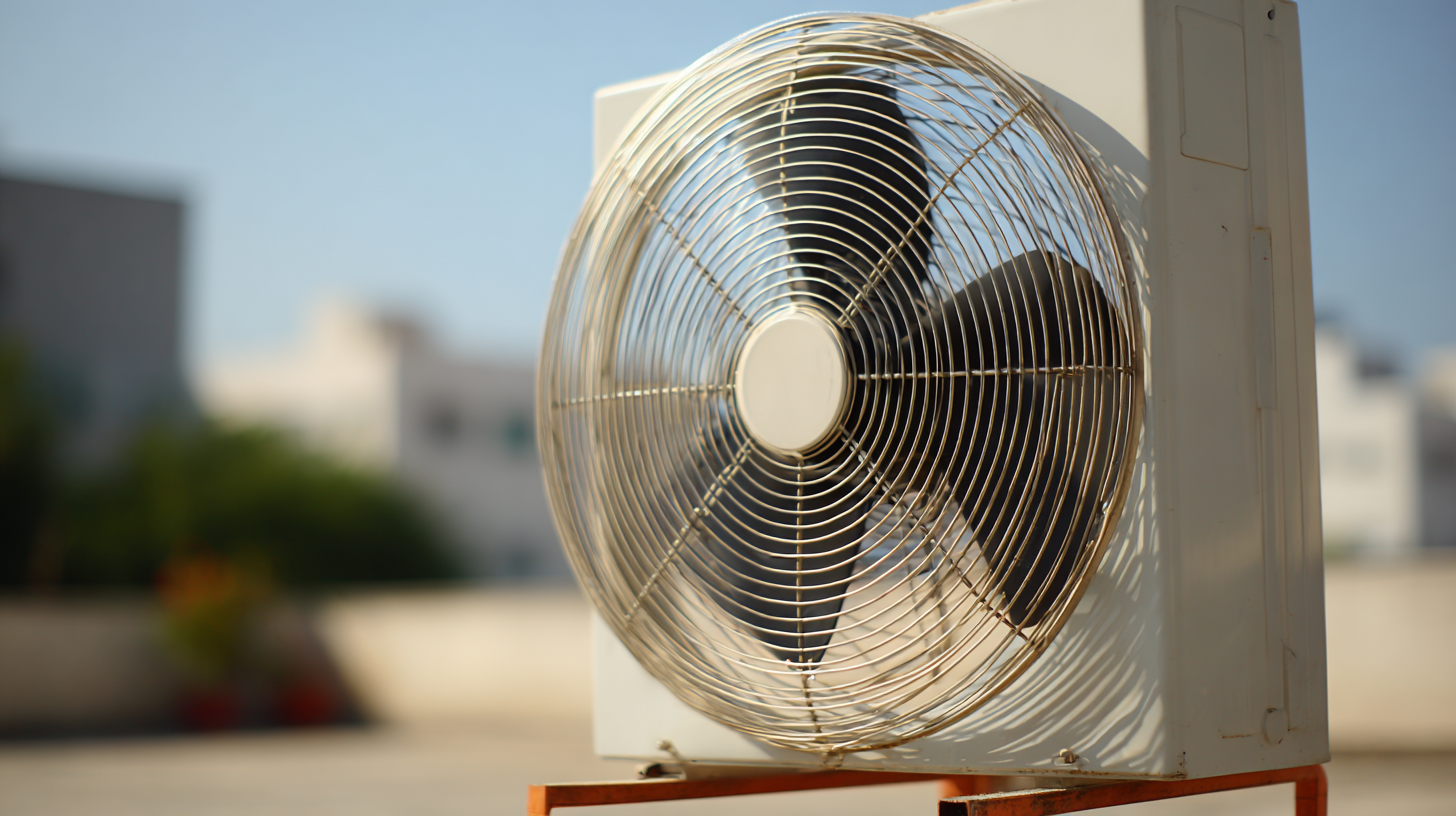
When selecting a replacement air conditioner fan motor, several key specifications play a crucial role in ensuring optimal performance and longevity. First, consider the motor's horsepower, which indicates its power output. Choosing a motor with adequate horsepower is vital; too little power may lead to inefficiency, while too much can cause damage to the unit. Additionally, the voltage rating must match that of the original motor to ensure compatibility and prevent electrical issues.
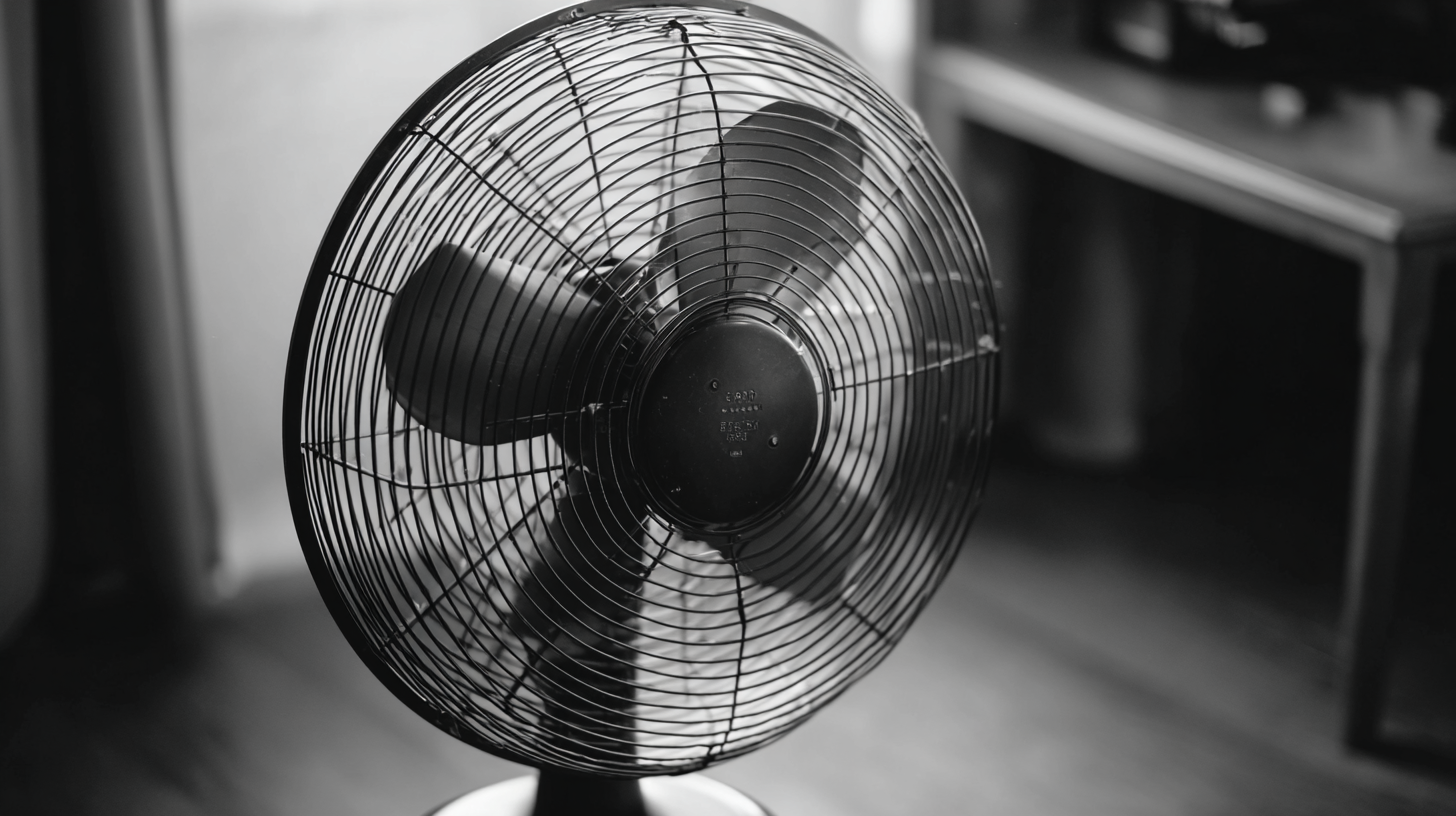
Another important specification is the rotational speed, measured in RPM (revolutions per minute). The RPM affects airflow and cooling efficiency; thus, selecting a motor with the correct RPM rating is essential for maintaining the desired indoor climate. Furthermore, pay attention to the design type, such as shaded pole or permanent split capacitor (PSC). Each design has unique features that cater to different requirements, impacting energy consumption and operational noise levels. Properly evaluating these specifications will help you make an informed decision when choosing the right fan motor for your air conditioning system.
When selecting an air conditioner fan motor, noise levels play a crucial role in ensuring home comfort. Research indicates that excessive noise can lead to increased stress and discomfort, impacting our overall quality of life. According to the American Society of Heating, Refrigerating and Air-Conditioning Engineers (ASHRAE), a sound level of around 25-30 decibels is considered ideal for residential environments, while anything above 40 decibels can become intrusive.
Moreover, energy efficiency and sound levels are often interrelated. A study by the Lawrence Berkeley National Laboratory found that quieter air conditioning units tend to operate more efficiently, which not only enhances comfort but also reduces energy consumption. Homeowners should pay close attention to manufacturers’ specifications regarding sound ratings; models equipped with modern technologies, such as variable speed motors, can significantly lower operational noise while still delivering optimal airflow. By prioritizing noise levels alongside performance, homeowners can create a more tranquil living environment without sacrificing cooling effectiveness.
This bar chart displays the noise levels in decibels (dB) of different air conditioner fan motor models. Understanding these levels is crucial for ensuring home comfort, as quieter motors can significantly enhance the living environment.
When it comes to selecting an air conditioner fan motor, navigating the balance between cost and quality is paramount. While it may be tempting to opt for the cheapest option available, this approach often leads to long-term dissatisfaction and additional expenses down the line. Low-cost fan motors may initially seem economically viable, but they often lack durability and efficiency, resulting in higher energy bills and the need for premature replacements. Investing a little more in a quality motor can enhance the overall performance of your air conditioning system and ensure reliability during the hot months.
Quality fan motors often come with better materials and advanced technology, which contribute to improved energy efficiency and quieter operation. Additionally, reputable brands typically offer warranties that provide peace of mind against unforeseen failures. When assessing your options, consider the long-term savings associated with energy-efficient models, as they can significantly lower operational costs over their lifespan. By prioritizing quality alongside cost, you can make a more informed investment, ensuring that your air conditioning system operates smoothly and effectively, enhancing your comfort year-round.
| Tip | Considerations | Cost Range | Quality Indicators | Lifespan (Years) |
|---|---|---|---|---|
| 1. Determine Required Motor Size | Match motor size to specific air conditioning unit. | $50 - $150 | Respected manufacturer specifications | 10 - 15 |
| 2. Assess Energy Efficiency | Choose models with high energy ratings. | $70 - $200 | Energy Star certification | 10 - 20 |
| 3. Check Motor Type | Different types (e.g., permanent split capacitor, shaded pole) affect performance. | $60 - $180 | Type certification and documentation | 8 - 15 |
| 4. Evaluate Noise Levels | Look for noise ratings; quieter motors enhance comfort. | $80 - $250 | Decibel (dB) ratings provided | 10 - 20 |
| 5. Look for Warranty Information | Longer warranties typically indicate higher quality. | $50 - $300 | Manufacturer warranty terms | 10 - 25 |
| 6. Review Installation Requirements | Consider ease of installation and included components. | $40 - $150 | Installation guides and support | 5 - 15 |
| 7. Research Customer Reviews | Read feedback to gauge product reliability. | $60 - $250 | Overall customer satisfaction ratings | 10 - 20 |
